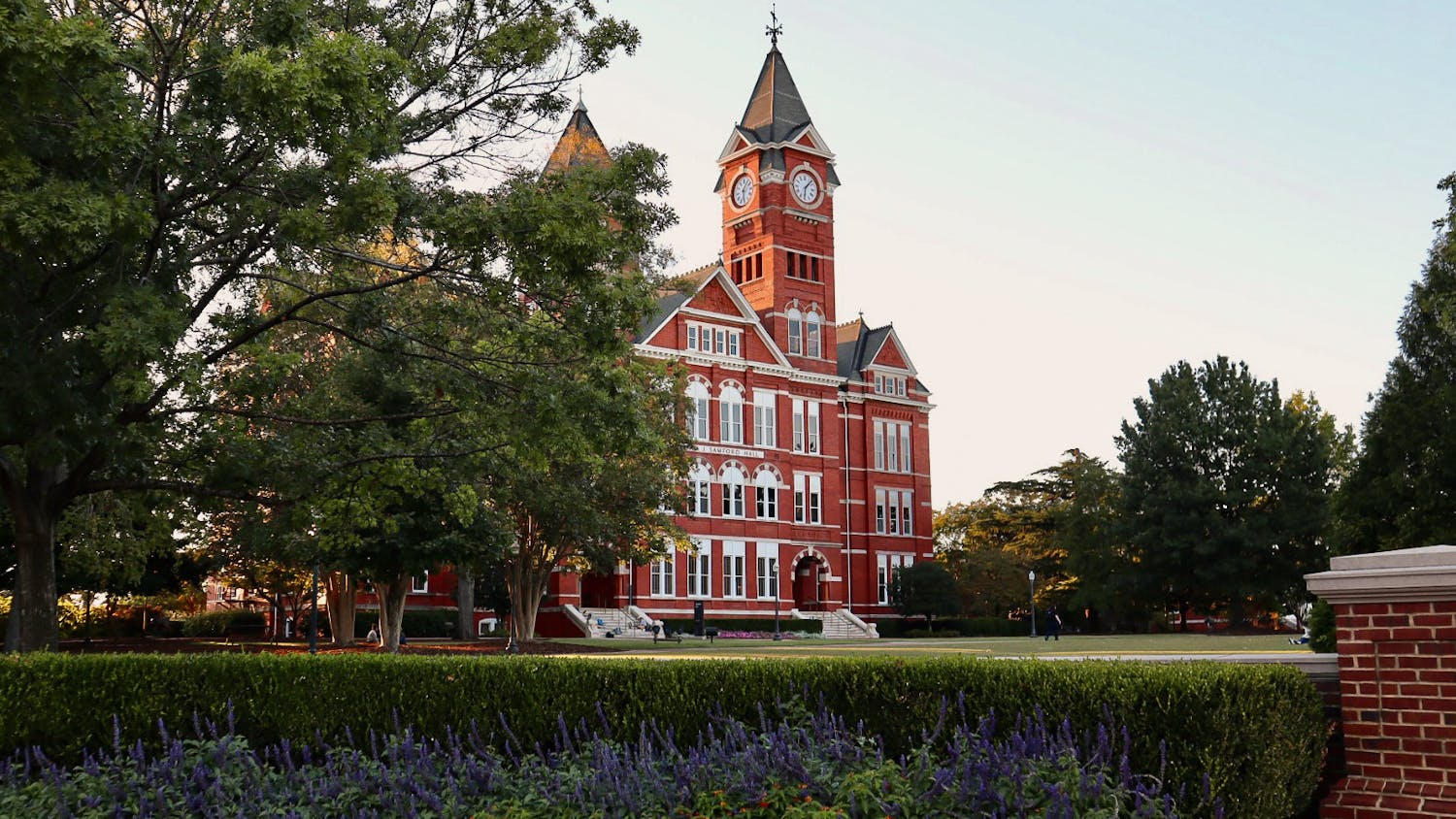Since the Toomer's Oaks were removed in April, the eerily empty planters that remain have been a reminder of what can happen when a rivalry goes wrong.
But after the trees were cut and some time was allowed for the Auburn Family's wounds to heal, things have basically returned to the way they always were. Packs of incoming freshmen are still being led from building to building by their backwards-walking Camp War Eagle counselors, students are still texting their way through the concourse and new, green life is once again present in the planters on the corner of College and Magnolia.
Over the past few weeks, hundreds of new shoots have sprouted in the planters that once housed the famous oaks. Horticulture professor Dr. Gary Keever said this new growth is the root system's response to the trees being cut down.
"The root system of the tree was still intact, and the herbicide didn't affect the root's water and nutrient uptake," Keever said. "Prior to the removal of the trunk and canopy of the trees, water and nutrients were translocated up to the canopy. But after the trees were taken down, instead of going up to the canopy, which is no longer there, the water and nutrients are going into these small shoots that originate on the roots of the trees."
Keever has harvested three cuttings of these new shoots, and the horticulture department is already taking the steps necessary to transform this new growth into full-sized live oaks that are genetically identical to the original Toomer's Oaks.
"They have the potential to reach the stature of the original trees," Keever said. "The trees that were taken down were 83 to 85 years old, and they weren't being grown at an ideal site. So if you put this new growth under nursery conditions, they could probably get the same amount of growth in half that time."
Heath Hoffman, horticulture graduate student and greenhouse manager at Auburn's Paterson Greenhouse, said the cultivation process is already underway.
"We took the cuttings that Dr. Keever collected at Toomer's corner and cut them into four to five inch sections," Hoffman said. "We then dipped them in a rooting hormone and placed them in a rooting media that he prepared for us. Now we've put them in the greenhouse under intermittent mist, and we've probably got close to 500 of them prepared right now."
While the prospect of growing full-sized replicas of the Toomer's Oaks is exciting, Keever was sure to point out the success of this project is still in the balance.
"I tried to root some shoots one time before, soon after the poisoning, but they wouldn't root due to the poison in them," Keever said. "So there's no reason to get too excited about it unless we're able to root them. But we're optimistic that there is not as much poison in these shoots because they are very healthy looking. They look fine right now."
After two to three months of growth under greenhouse conditions, the horticulture department will hope to root about half of the shoots, which will eventually be sold to buyers wishing to preserve a piece of Auburn history.
"Our intent would be to grow them for a year or more and then sell them to people that are interested in having clones of the Toomer's Oak trees," Keever said. "The Toomer's Oaks Seedling Program was a fundraiser for scholarships in the School of Forestry, and we hope that if we can propagate enough of these, then the funds could be used for some type of scholarship or endowment within the horticulture department."
Do you like this story? The Plainsman doesn't accept money from tuition or student fees, and we don't charge a subscription fee. But you can donate to support The Plainsman.




